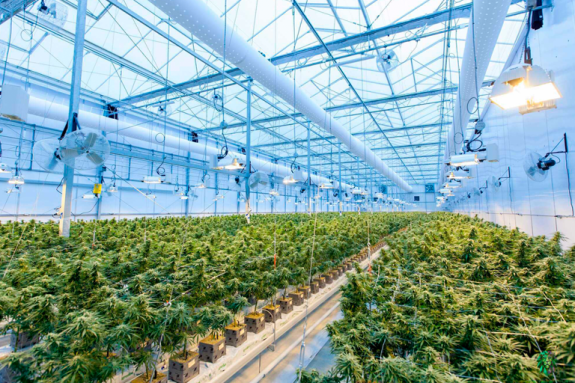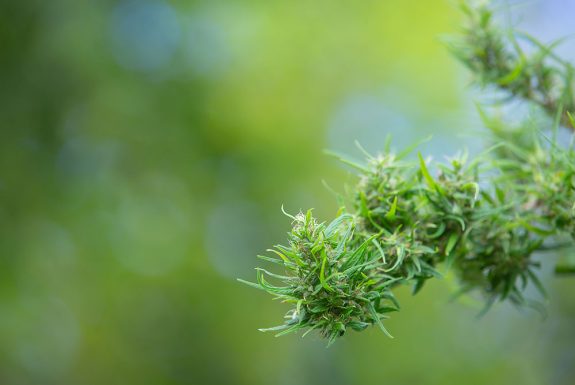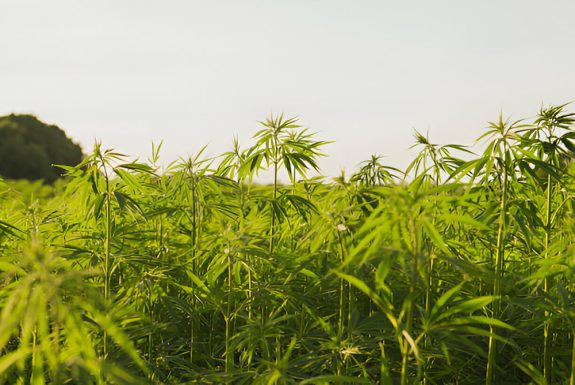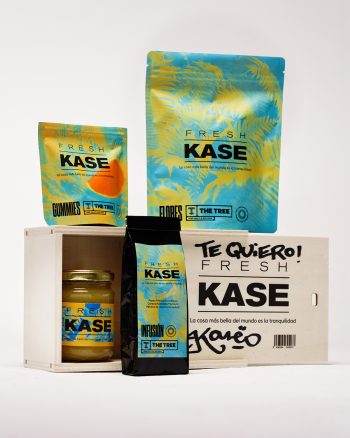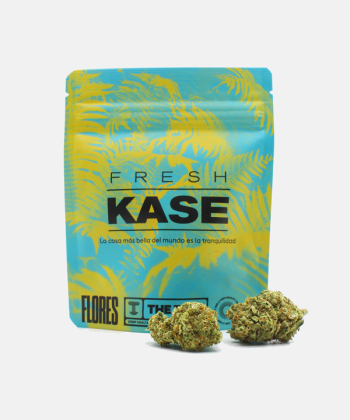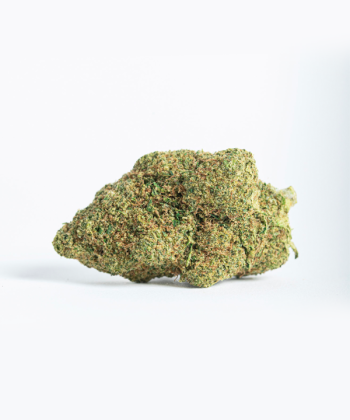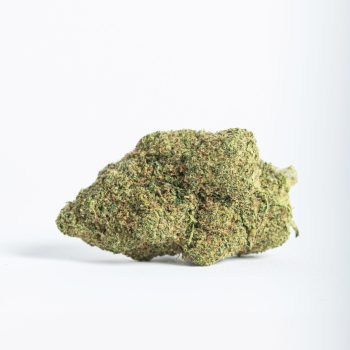THCA or tetrahydrocannabinolic acid is a cannabinoid actively produced by the cannabis plant. It’s also the direct precursor of THC, the substance responsible for the intoxicating effects of marijuana that is passively produced.
What does active or passive production mean? The cannabinoids that the plant actively produces require an expenditure of energy on its part. In contrast, passively produced cannabinoids are those for which production occurs without a direct expenditure of energy because they are generated by environmental conditions. Examples include THC, CBD, and CBN.
This means that, contrary to what you might think, cannabis doesn’t produce THC and CBD but results in their acid forms, namely THCA and CBDA. These compounds, under the effect of light and heat, undergo a process called decarboxylation, which transforms them into their neutral forms, THC and CBD.
Therefore, although the plant expends energy to generate THCA and CBDA, light and heat generate THC and CBD, meaning that these latter substances are produced passively.
Effects of THCA and interaction with the endocannabinoid system
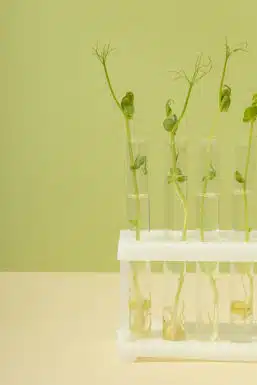
As with other cannabinoids, THCA exerts its effects on the body due to its ability to interact with the body’s cannabinoid receptors. These receptors make up the so-called endocannabinoid system or ECS¹.
The ECS is a kind of intercellular communication system that is capable of influencing a number of metabolic processes, regulating a number of physiological functions, such as the appetite, sleep, mood, immune system, and others².
Instead, THCA, unlike other cannabinoids such as THC, has been found to have a strong binding affinity to the CB1 receptor and may influence the endocannabinoid system in unique and potentially beneficial ways. It also has a binding affinity to the CB2³ receptor, albeit to a lesser degree.
Research on the possible therapeutic effects of THCA
Interest in the possible therapeutic effects of THCA has led to a significant increase in scientific research in recent years. Although much of this research is in its early stages, preliminary results have highlighted some promising areas.
One of the key research focus points is on THCA’s ability to act as an anti-inflammatory agent. Studies in cell and animal models have suggested that this compound may have an inhibitory effect on the body’s inflammatory responses⁴.
This has led to speculation that THCA could be a useful asset in managing chronic inflammatory conditions, such as rheumatoid arthritis⁵ or Crohn’s disease⁶.
In addition to its anti-inflammatory potential, it has been found that THCA may have neuroprotective properties. Some studies suggest that THCA may help in treating neurological disorders such as Alzheimer’s disease⁷.
Another interesting area of research relates to the possible effect of THCA on the regulation of the appetite and metabolism. Some studies indicate that THCA may influence hunger and satiety signals through its interaction with the endocannabinoid⁸ system, which could be useful in treating obesity.
While these findings are promising, it’s important to note that research on the therapeutic effects of THCA is constantly evolving. Further robust clinical studies are needed to validate and fully understand these initial observations.
Lastly, we remind you that cannabinoid use should always be discussed from a medical point of view. We therefore recommend that you should always talk to a medical specialist and follow his or her recommendations.
References
- Grotenhermen, F. (2006). Cannabinoids and the Endocannabinoid System. Cannabinoids, 1(1), 10-14.
- Kim, H. Y., Ahn, S. H., Yang, I. J., Park, S. Y., & Kim, K. (2020). Effect of Hataedock treatment on epidermal structure maintenance through intervention in the endocannabinoid system. Evidence-Based Complementary and Alternative Medicine, 2020.
- Rosenthaler, S., Pöhn, B., Kolmanz, C., Huu, C. N., Krewenka, C., Huber, A., … & Moldzio, R. (2014). Differences in receptor binding affinity of several phytocannabinoids do not explain their effects on neural cell cultures. Neurotoxicology and Teratology, 46, 49-56.
- Moreno-Sanz, G. (2016). Can you pass the acid test? critical review and novel therapeutic perspectives of Δ9-tetrahydrocannabinolic acid A. Cannabis and cannabinoid research, 1(1), 124-130.
- Palomares, B., Garrido‐Rodriguez, M., Gonzalo‐Consuegra, C., Gómez‐Cañas, M., Saen‐oon, S., Soliva, R., … & Muñoz, E. (2020). Δ9‐Tetrahydrocannabinolic acid alleviates collagen‐induced arthritis: Role of PPARγ and CB1 receptors. British journal of pharmacology, 177(17), 4034-4054.
- Nallathambi, R., Mazuz, M., Ion, A., Selvaraj, G., Weininger, S., Fridlender, M., … & Koltai, H. (2017). Anti-inflammatory activity in colon models is derived from δ9-tetrahydrocannabinolic acid that interacts with additional compounds in cannabis extracts. Cannabis and cannabinoid research, 2(1), 167-182.
- Kim, J., Choi, P., Park, Y. T., Kim, T., Ham, J., & Kim, J. C. (2023). The Cannabinoids, CBDA and THCA, Rescue Memory Deficits and Reduce Amyloid-Beta and Tau Pathology in an Alzheimer’s Disease-like Mouse Model. International Journal of Molecular Sciences, 24(7), 6827.
- Nallathambi, R., Mazuz, M., Ion, A., Selvaraj, G., Weininger, S., Fridlender, M., … & Koltai, H. (2017). Anti-inflammatory activity in colon models is derived from δ9-tetrahydrocannabinolic acid that interacts with additional compounds in cannabis extracts. Cannabis and cannabinoid research, 2(1), 167-182

